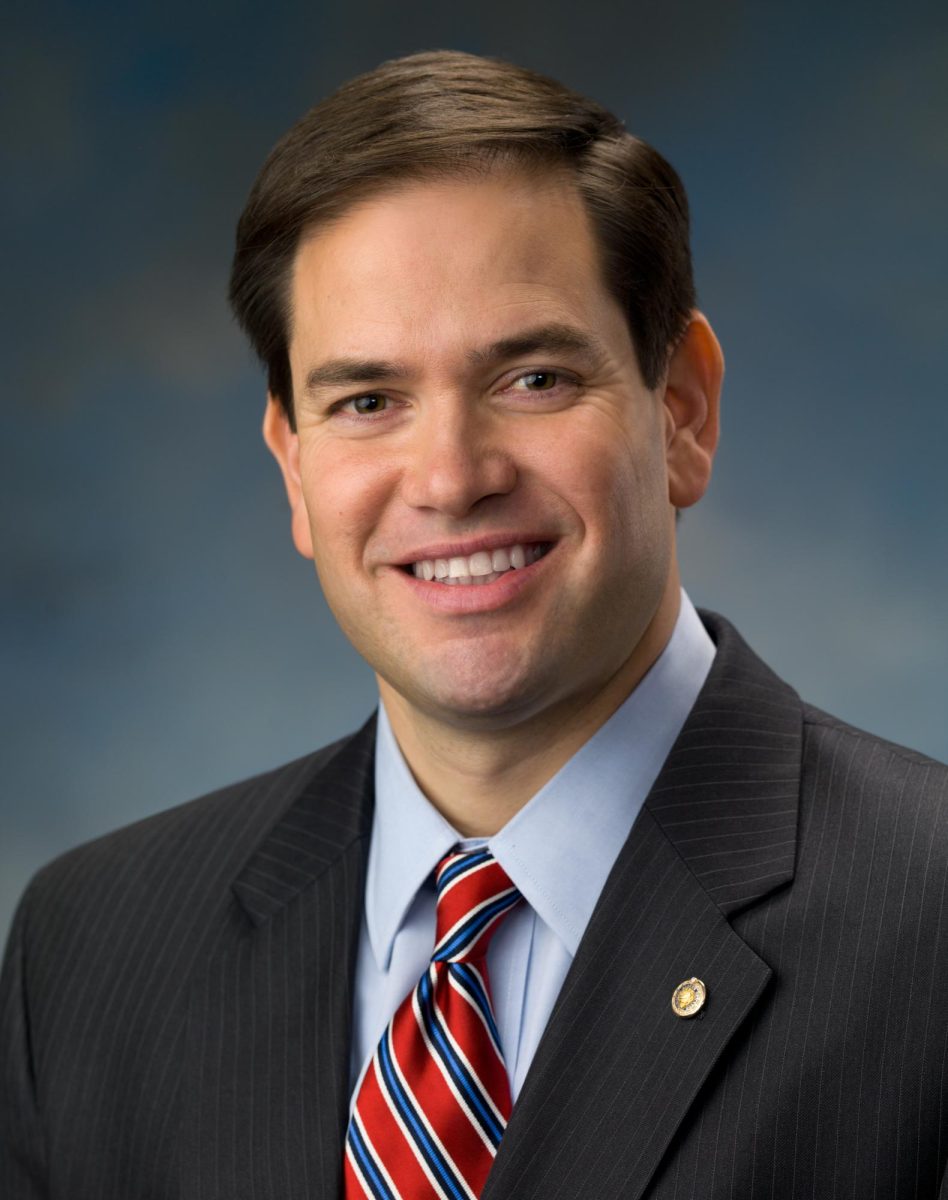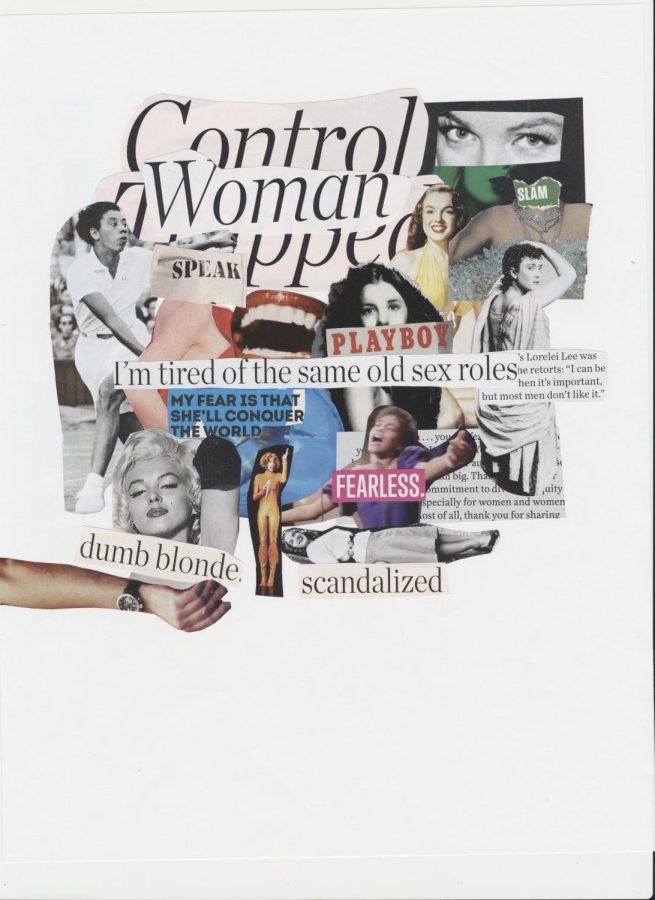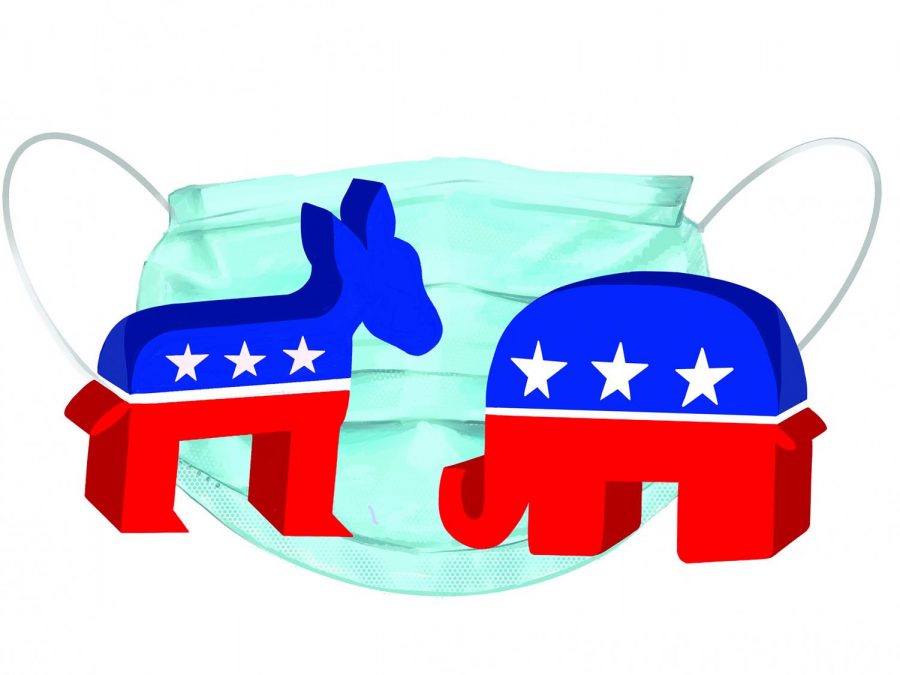Coronavirus: Masks as a Political Argument and National Divide
When the coronavirus blazed through the U.S., political leaders sent mixed messages regarding how the public should deal with the pandemic—specifically if the public should wear a mask—displaying a deeper issue in American politics.
December 1, 2020
At the beginning of this pandemic, there were many unknowns, Covid-19, a coronavirus family
member had never been seen in humans before. Scientists were unsure how to handle and manage the virus and research to conclude what to do.
Once scientists had done research, they concluded that the coronavirus is serious and deadly yet preventable.
As early as April 3, the White House Corona-virus Task Force and the CDC strongly recommended that the public wear masks to stop the virus’s spread.
President Donald Trump’s response to the CDC’s strong suggestion to wear masks was, “the CDC is advising the use of non medical cloth face covering as an additional voluntary public health measure. So it’s voluntary. You don’t have to do it. They suggested for a period of time, but this is voluntary. I don’t think I’m going to be doing it.”
President Trump stated that he “doesn’t see” it for himself to wear a mask.
In an interview with the Wall Street Journal on June 18, after the CDC announced that masks would be instrumental in slowing the spread of the virus, President Trump said that wearing a face mask was a symbol of disapproval for the president rather than to prevent the spread of Covid-19.
The President’s messages turned masks into a radical Republican symbol rather than a tool for public safety.
These comments drew a line in the sand—if you wear a mask, you don’t support President Trump; if you don’t wear a mask, you support President Trump.
And naturally, this led to Americans refusing to wear masks to stand in solidarity with their president.
On July 14, the CDC announced that “the latest science…affirms that cloth face coverings are a critical tool in the fight against COVID-19 that could re- duce the spread of the disease, particularly when used universally within communities.”
The CDC confirmed the fact that they had suspected since April 3 and advised on April 3.
Although President Trump did state on Aug. 13 that “[his] administration has a different approach,” to “urge Americans to wear masks” as a “patriotic thing to do,” his messages to the public were still mixed.
Even in this announcement, President Trump remarked that “Maybe [masks are] great, and maybe they’re just good. Maybe they’re not so good.”
But the damage was already done. The administration and President Trump further divided America on another issue, yet this time it is even more dangerous because public health is being toyed with by politicians.
After this announcement, Trump and his team expressed resentment towards masks and safety precautions.
President Trump refused to wear a mask when speaking to the public and encouraged a journalist to take off his
mask so Trump could hear him better during a White House press briefing after the CDC stated that masks are proven to slow the spread.
At the first 2020 Presidential debate, the President mocked former Vice President Joe Biden for wearing a mask.
“When needed, I wear masks. I don’t wear masks like [Biden]. Every time you see [Biden], he’s got a mask. He could be speaking 200 feet away from them, and he shows up with the biggest mask I’ve ever seen.”
He said this as his family and team were sitting in the audience mask free — three days later, on Oct. 2, President Trump and first lady Melania tested positive for Covid-19, Biden tested negative.
When President Trump returned from Walter Reed Hospital on Oct. 5, he took off his mask in front of the press and the public, all while still having the Corona virus.
Although Dr. Anthony Fauci, the nation’s leading infectious disease expert and a key member of the White House Coronavirus Task Force, early on did say that masks were not recommended to the general public due to fears of a shortage of face coverings for medical professionals.
After the CDC announced that masks were instrumental and necessary, President Trump’s actions cultivated a deadly anti-mask sentiment among some Americans.
This confusion has affected all Ameri- cans as well as those on campus. “When there was the first talk about the corona virus, I noticed some people wearing masks, but it was unclear whether the masks were effective or not,” junior Sofia Anderson said.
“It was very confusing to see a division of people where some were wearing masks, and some weren’t. It was really hard to know whether or not to wear a mask in certain situations,” junior Catie Fristoe said.
Masks have become a political statement that further expresses the political divide in Washington, D.C. — a relatively recent issue.
AP United States History and AP Comparative Politics teacher Dena Montague explains, “The increasing difficulty of passing bipartisan legislation is the result of several events that occurred concurrently in the late 80s and 90s.”
Firstly, Montague cites “Newt Gingrich, who served as Speaker of the House from 1995 -1999” as laying “the groundwork for this era of extremely
partisan politics. He enacted a strategy in which political opponents were no longer seen as competitors but rather as enemies and traitors.”
With Gingrich as the speaker, “meanness” was encouraged to gain power, and compromise was discouraged.
Additionally, the Fairness Doctrine, “which required balanced news coverage,” was eliminated in 1987, making way for “partisan news in a 24-hour cycle.” “Under the Fairness Doctrine, the sole purpose of news was to inform. With the elimination of the Doctrine, news outlets sought to generate revenue through increased viewership. They thus became more sensational and a source of ‘entertainment,’ as they were not required to offer a balanced perspective.”
Montague points to “the era of social media” in politics as “alter[ing] the pre- 90s political culture of civility.”
She added, “Social media has caused “extreme partisanship as people typically engage in an echo chamber which
reinforces the idea of the opposing party as the enemy,” an ideology reflected in “our legislative process” today where “we rarely see true bi-partisan legislation passed.”
Although compromises in Congress did not start during President Trump’s presidency, many of the issues during his first term have deepened this divide.
Democrats and Republicans have become increasingly partisan on many topics — masks are just the latest issue.
This divide across party lines has made it much more difficult to pass bipartisan legislation and come to a unified consensus — an issue that is displayed with the matter of masks but one that can be traced to the late 80s.

































